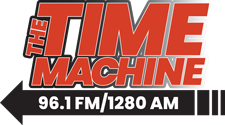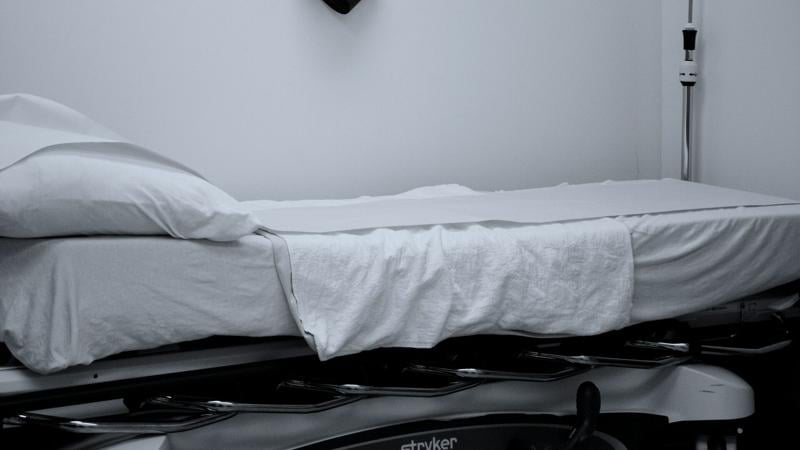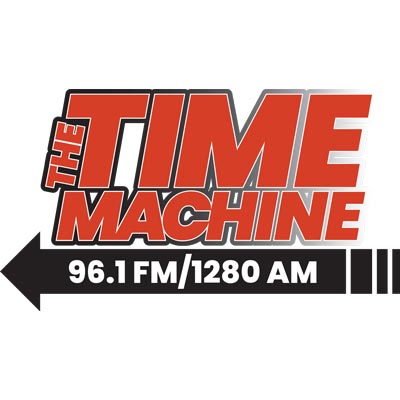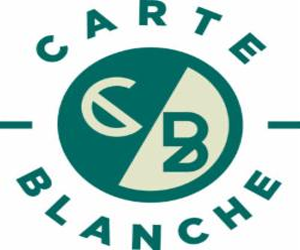California officials told legislators that the state is spending $9.5 billion on healthcare for illegal immigrants in the current 2024-2025 budget.
With the governor’s proposed budget including a $7 billion reserve withdrawal and deficits expected to soon rise to $30 billion, and federal funding likely to decrease, the state may face challenges in continuing to pay for this growing program.
During a budget hearing earlier this week, Assemblyman Carl DeMaio, R-San Diego, asked California Department of Finance officials how much the state has allocated to undocumented immigrant healthcare in the current budget.
“In the current year, to cover undocumented individuals in Medi-Cal, we’re spending $9.5 billion total funds,” replied a CDOF official, who said $8.4 billion of that comes from the state’s general fund.
“So it’s not the $6 billion that people continue to talk about in the media,” replied DeMaio.
“That was a budget act number. This is a revised number based on the governor’s budget updated estimates,” continued the official.
“If we cut that, at least using your math, we’d have a $1 billion surplus, my friends, we wouldn’t have to go into the rainy day fund,” said DeMaio in response.
Budget discussions are currently underway for the 2025-2026 fiscal year, with the governor’s proposed $322 billion state budget under debate as the state faces potential losses in federal funding due to changes in or noncompliance with federal laws or executive orders. Federal spending in California is set to be $171 billion, or more than one third of the total $493 billion state and federal budget for California, according to the California Budget and Policy Center.
U.S. Rep. Kevin Kiley, R-California, introduced a bill to prohibit use of state or federal Medicaid funds for being used for non-emergency healthcare for individuals in the country illegally, which could complicate matters for the state.
According to insurer Blue Shield, the average wait time at a California emergency room is four hours and 34 minutes, while the national average is two hours and 43 minutes. Because federal law requires emergency rooms to provide care to anyone who needs it, ERs are often the only medical care uninsured individuals can receive, and often do not get paid for said services unless the government covers some losses.
While homeless and undocumented individuals qualify for Medi-Cal, many are not enrolled and use ERs as their only form of medical care.
Martin Luther King Jr. Community Hospital CEO Dr. Elaine Batchlor says that rapidly rising numbers of emergency room patients covered by Medi-Cal — which could mean either through coverage, or hospital reimbursements for non-covered, non-paying patients — are driving the hospital to fiscal ruin.
“MLKCH opened in 2015 with state funding that projected approximately 30,000 annual visits to the hospital’s 29-bed Emergency Department. In 2023, the hospital saw four times that amount, making it one of the busiest EDs in the state,” said the hospital in a 2024 release. “The majority of these visits (76%) were Medi-Cal, which does not reimburse providers for the full cost of care.”
“We lose money on every one of those patient visits—a significant amount,” said Batchlor in a statement. “As the volume grew and continues to grow, we began to lose more and more money.”
With Medi-Cal reimbursement rates often lower than quickly growing costs of care, more care providers are choosing to either not accept Medi-Cal for routine care, or reducing the number of Medi-Cal patients they do see, making it even harder for the swelling number of Californians enrolled in Medi-Cal to find a doctor.
The majority of California children are enrolled in Medi-Cal, which is available to households making up to 138% of the federal poverty line for adult coverage and 266% of FPL for child coverage. Over 15 million Californians, or nearly 40%, are enrolled in Medi-Cal.






